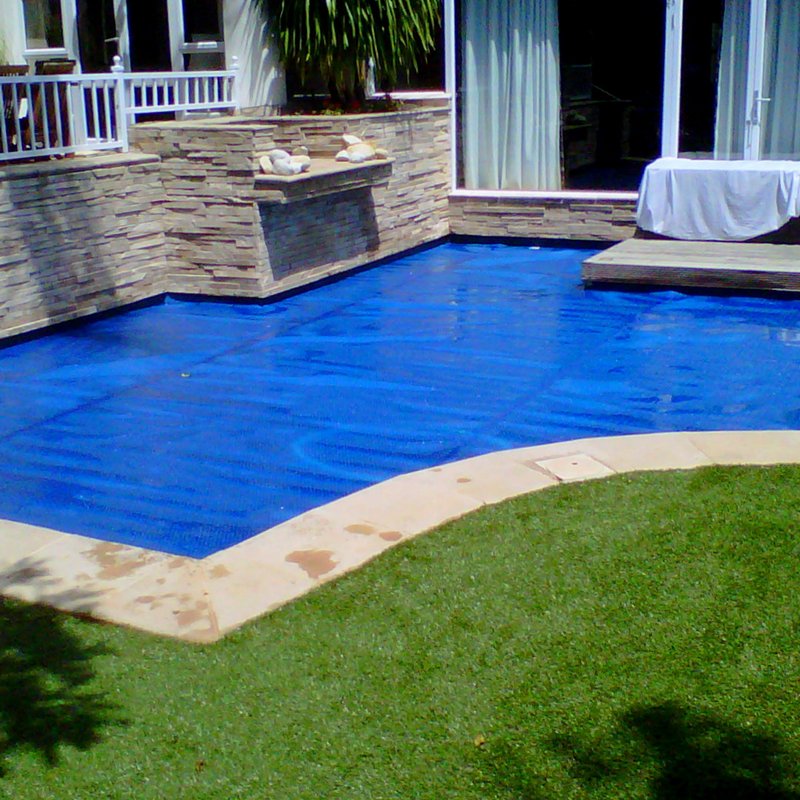Discover the most recent Trends and Prices for Swimming Pool Covers Today
Discover the most recent Trends and Prices for Swimming Pool Covers Today
Blog Article
How to Expand the Lifespan of Your Pool Covers With Simple Upkeep Tricks
Preserving the long life of your swimming pool covers is a job frequently ignored by several pool proprietors, yet it is vital in ensuring their effectiveness and resilience. As a swimming pool proprietor, you invest not only in the pool yet additionally in the devices that come with it, including covers that safeguard and keep the water top quality.
Regular Cleaning and Evaluation
Regular upkeep with diligent cleansing and thorough evaluation is vital for lengthening the life expectancy of swimming pool covers. Cleaning up the cover consistently helps prevent the build-up of particles, dust, and algae, which can create damages over time.
Addressing these problems quickly can stop more damage and extend the life of the cover. By staying positive with cleansing and inspections, pool proprietors can guarantee their covers remain in ideal condition for years to come - prices for swimming pool covers.
Appropriate Storage Methods
To maintain the longevity and stability of swimming pool covers, utilizing appropriate storage space strategies is paramount. When the swimming season ends, it is essential to make sure that the pool cover is completely cleaned and completely dry prior to saving it away. Any dirt, debris, or wetness left on the cover can result in mold, mildew, or degeneration throughout storage space. Folding up the cover nicely and evenly is important to avoid creases or damage. It is advisable to use a specifically designed storage bag or container to keep the cover secured from dust, insects, and rough climate condition. In addition, saving the cover in an awesome, dry location far from direct sunshine can stop UV damage and lengthen its life-span. By complying with these basic storage methods, you can guarantee that your swimming pool cover continues to be in excellent problem and on-line when the following swimming season begins.
Resolving Tears and Damage

Winterizing Your Swimming Pool Cover

As soon as dry, inspect the cover for any kind of rips, openings, or weak areas that may need patching or fixing. Additionally, think about spending in a cover pump to avoid water buildup, which can lead to sagging, extending, and inevitably, cover failure. By following these winterization steps, you can expand the life-span of your pool cover and maintain your swimming pool secured during the cooler periods.

Making Use Of Safety Measures
Implementing positive actions can substantially enhance the longevity and efficiency of your pool cover. One essential protective measure is to regularly trim any Recommended Site kind of neighboring trees browse around these guys or shrubs that can possibly drop branches or leaves onto the cover. These organic materials can trigger damage and lead to mold or mildew growth if left ignored. In addition, installing a leaf net over the swimming pool cover during the autumn can aid prevent big debris from collecting and applying excess pressure on the cover - prices for swimming pool covers.
Another protective measure is to keep the pool area clear of sharp items or unpleasant products that might penetrate or tear the cover. Routinely evaluating the cover for any signs of wear and tear, such as holes or fraying sides, can assist capture minor issues before they escalate into bigger issues. In addition, investing in a cover pump to eliminate excess water weight during hefty rains or snowfall can avoid unnecessary stress on the cover product.
Conclusion
In final thought, preserving the life expectancy of your swimming pool covers can be accomplished via normal cleaning, appropriate storage space, addressing tears and damage immediately, winterizing the cover, and making use of protective actions. By following these simple upkeep tricks, you can make certain that your swimming pool cover remains in great condition for several years ahead, saving you time and money over time.
Report this page